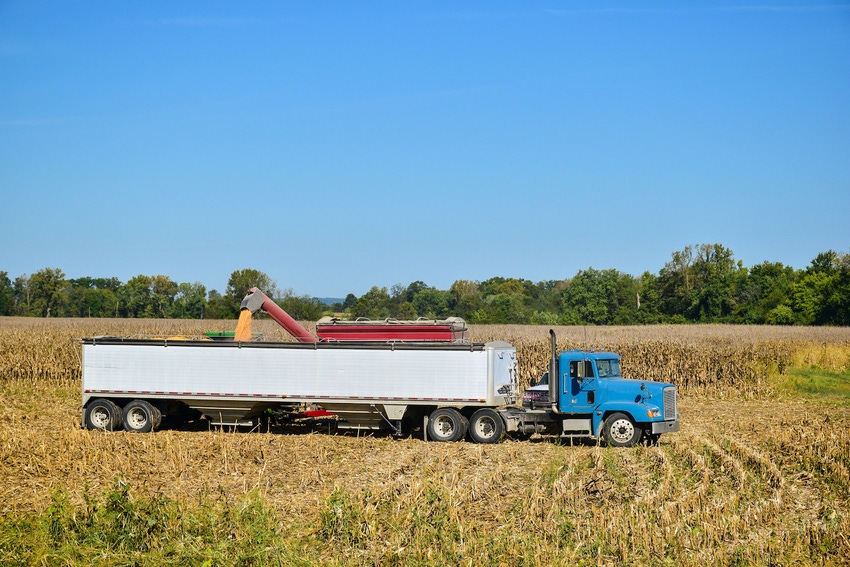
Time flies when you’re having fun! Four months ago I wrote about vacation planning and summer and how it relates to your farm operation. Vacations are now a distant memory and harvest is in full swing.
This time of year always brings me back to my college years of leaving class and heading out into the field to run a tractor or haul grain. It was easy to get caught up in the wonderful fall weather, the fresh air and being a part of the hustle and bustle on the farm. As each truck was loaded and I prepared to unload at a bin or the elevator, I tried to connect to the business and number side of each load I hauled the road, thinking about the dollars associated with each load of corn. This helped me realize the value of what I was doing and the importance of each load to the bottom line of the operation. That’s what I love about agriculture: being outside and connected to the land, but also recognizing the importance of the business and numbers of a farming operation. As you are busy in the field, consider these two key points.
Interest and storage costs
I’ve had more conversations and read more in the news this year about interest rates than any other time in my career. Whether you are buying a house or storing grain, interest rates matter when borrowing money—especially when they are jumping so rapidly. The cost to store corn is nearly 3 cents per month. It is 6 cents per month for soybeans. If we single out interest alone, it costs 15 cents for corn and 30 cents for soybeans to store out into February. On top of that, if bushels are going to the elevator, we need to add in storage costs and shrink.
What was once a harvest hobby now has become my job as I help producers run the numbers on these calculations for their operations. You can lock in good revenue with cash corn near $6.50 and soybeans around $13.25. Sell the bushels that are going to town and keep upside opportunity with a call option.
2023: Lock in revenue and know your costs
Conversations with many producers as of late are surrounding the 2023 crops. Inputs are getting locked in, opportunity is great, and costs are up on land, nitrogen, fertilizer, seed and fuel. Yes, everything costs more, but we currently have fall 2023 cash corn around $5.75 and soybeans are $13. December ’23 corn, November ’23 soybeans, and July ’23 wheat futures are all lower than where we were in early summer. There are many ways to get a floor under those prices and keep your upside intact. Consider the use of some short-dated options and keep flexibility in your marketing plan. Profits are not guaranteed.
Many factors will drive markets in the coming months. The first event in our direct line of sight is the Oct 12 USDA supply and demand report. Have we seen enough harvest to get a much better handle on our crop size? There is a lot left to harvest!
Export competition stares us right in the face as the South American crop is going into the ground. Add to that the unknown outcome of the mid-term elections, the Russia/Ukraine war, China’s demand (or lack thereof) and also river/transportation issues.
There are many things daily to keep track of during the fall while you are in the field. Each load hauled, machinery maintenance and marketing your crop—to name a few. Keep track of the numbers’ side of things, but also enjoy the blessings that harvest and fall have to offer. Harvest will fly by before you know it. We are down to less than 75 days until Christmas!
Contact Advance Trading at (800) 664-2321 or go to www.advance-trading.com.
Information provided may include opinions of the author and is subject to the following disclosures:
The risk of trading futures and options can be substantial. All information, publications, and material used and distributed by Advance Trading Inc. shall be construed as a solicitation. ATI does not maintain an independent research department as defined in CFTC Regulation 1.71. Information obtained from third-party sources is believed to be reliable, but its accuracy is not guaranteed by Advance Trading Inc.
Past performance is not necessarily indicative of future results.
The opinions of the author are not necessarily those of Farm Futures or Farm Progress.
About the Author(s)
You May Also Like






